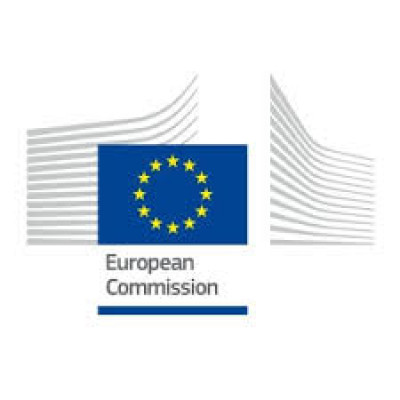Print

SmallFOREST ‐ Biodiversity and ecosystem services of small forest fragments in European landscapes
Details
Locations:Worldwide
Start Date:2011
End Date:Unknown
Sectors: Environment & NRM, Research
Categories:Consulting services
Funding Agencies:
Date posted:Jul 1, 2016
Description
Project: SmallFOREST ‐ Biodiversity and ecosystem services of small forest fragments in European landscapes
Financing: ERA-Net BiodivERsA, with the national funders ANR (France), MINECO (Spain), Formas SEPA (Sweden), ETAG (Estonia), DFG (Germany), BELSPO (Belgium), DLR (Germany) and SWEPA (Sweden)
Description of project:
In many parts of Europe, the original forest cover has strongly reduced and forests presently occur as small fragments, often embedded in an intensively used agricultural matrix. Despite their small size, these forest patches often act as refugia for biodiversity.
These small fragments may provide a wide range of ecosystem services (ES) to human society. Biodiversity and ES of small forest fragments are mutually dependent as they are determined by a similar set of drivers. However, the nature and strength of the relationships between biodiversity and ES will vary, depending on the taxonomic group and ES under consideration, and on the landscape context including the type and intensity of the surrounding land-use and the land-use history. Moreover, the value attributed to an ES will differ between different regions. All these sources of variation remain largely unknown and their effects on human perception, hence on decisions about management, planning and policy, is poorly understood.
Main objectives:
The main objective of this project is to quantify ES and biodiversity in small forest fragments among agricultural landscapes and across different regions in Europe, to analyse how their mutual relationships vary between landscapes and to assess the extent to which ES are valued differently. The studied patches are mostly deciduous forest stands and for each patch standardized data are available in an already operational database on the occurring vascular plant species, on its history, the surrounding land cover, and its spatial characteristics. During the project, additional data will be collected to quantify the structural, functional and taxonomic biodiversity and to determine a well-chosen set of ES (including provisioning, regulating and cultural services such as e.g. stemwood production, above- and below-ground carbon sequestration, tick abundance and their role of disease vector, plant-pest-beneficial insect interactions) delivered by the patches.

